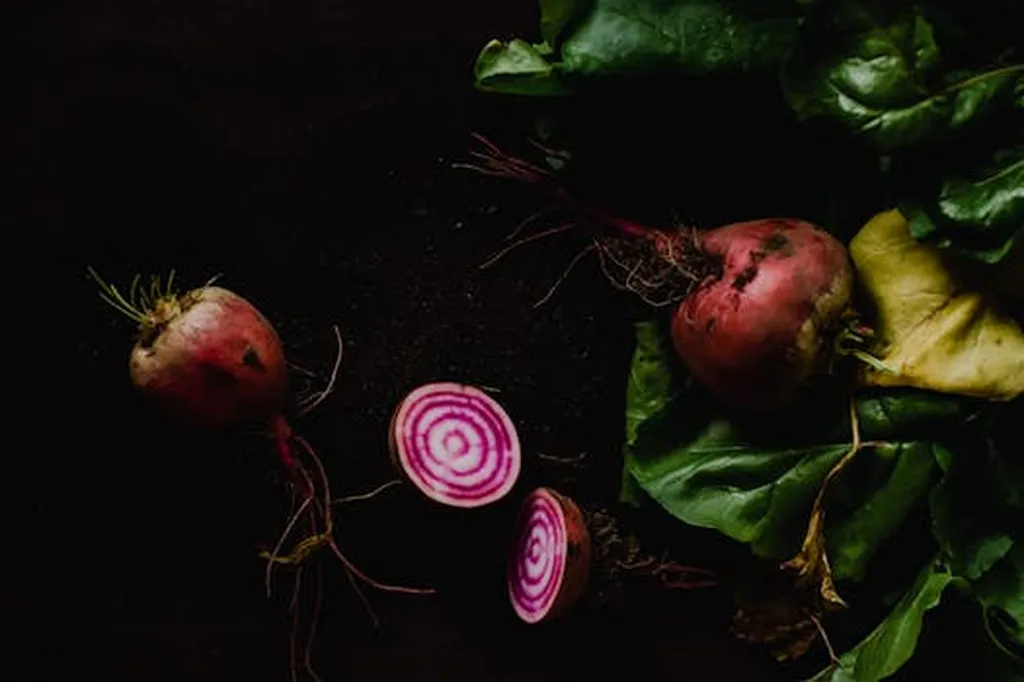In the quest for sustainable agriculture, farmers and researchers alike are turning to bioinoculants—microbial allies that promise to boost crop yields while reducing reliance on chemical fertilizers. A recent study published in *Diversity* sheds light on how these microbial helpers interact with phosphorus fertilization to influence maize growth and soil health. The research, led by Raquel Gomes de Oliveira of the Universidade Federal de São João del-Rei in Brazil, offers insights that could reshape agricultural practices and commercial strategies in the agritech sector.
The study focused on two phosphate-solubilizing bacterial strains, *Priestia megaterium* and *Bacillus subtilis*, which were applied as a seed inoculant to maize crops. The experiment spanned two growing seasons, with treatments combining inoculation, phosphorus sources (triple superphosphate or reactive rock phosphate), and phosphorus doses (0 or 120 kg ha⁻¹ of P₂O₅). The results revealed a complex interplay between microbial activity, root architecture, and seasonal variability.
In the first season, the inoculated maize exhibited a 31.5% increase in root surface area and a 46.2% boost in phosphorus availability. However, the second season saw a different story: higher phosphatase activity and significant increases in grain phosphorus (42.3%) and potassium (38.2%) concentrations. Despite these promising shifts in plant and microbial traits, grain yield did not differ significantly between inoculated and non-inoculated treatments. This discrepancy highlights the context-dependent nature of bioinoculant effectiveness, influenced by environmental conditions, soil nutrient availability, and crop genotype.
“Our findings emphasize that the impact of bioinoculants and phosphorus fertilization is highly context-dependent,” said Oliveira. “Seasonal variations played a more significant role in driving productivity than fertilization or inoculation alone.”
The study’s principal component analysis underscored this variability, revealing that seasonal factors overshadowed the effects of fertilization or inoculation on maize productivity. This nuance is crucial for farmers and agritech companies developing bioinoculant products, as it suggests that one-size-fits-all solutions may not be effective. Instead, tailored approaches that consider local conditions, soil health, and crop genetics could hold the key to maximizing bioinoculant benefits.
For the agriculture sector, these insights could lead to more targeted and efficient use of bioinoculants, potentially reducing input costs while enhancing sustainability. As the global push for ecological intensification in farming grows, understanding how microbial interactions shape crop performance will be vital. This research not only advances scientific knowledge but also paves the way for innovative commercial applications in agritech.
Raquel Gomes de Oliveira, the lead author of the study, is affiliated with the Programa de Pós-Graduação em Bioengenharia at the Universidade Federal de São João del-Rei in Brazil. Her work underscores the importance of interdisciplinary research in addressing the challenges of modern agriculture. As the industry continues to evolve, studies like this will be instrumental in guiding the development of sustainable and profitable farming practices.

